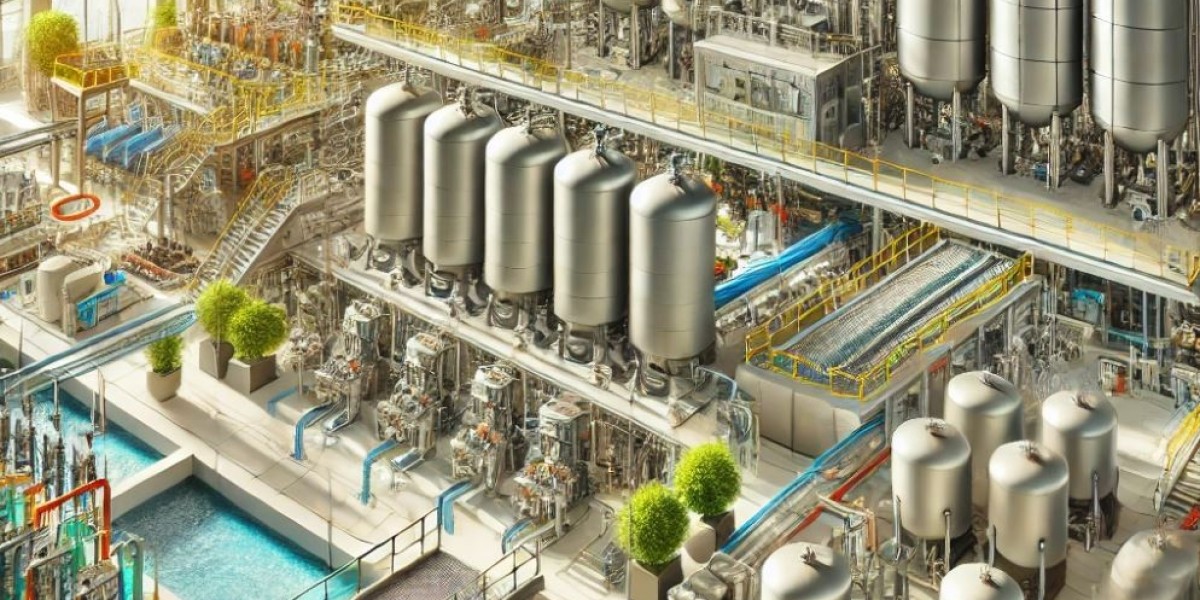Water. It’s the lifeblood of our existence, and ensuring it's clean is crucial for health and well-being. Ever wonder how that tap water goes from a raw, possibly murky state to the clear, refreshing liquid you drink every day? The secret lies in the sophisticated world of water filtration plants. In this blog post, we'll dive into how these plants work, why they're essential, and what makes them so effective. Get ready to see water in a whole new light!
What Are Water Filtration Plants?
At their core, water filtration plants are facilities designed to purify water. They transform water from various sources—such as rivers, lakes, or underground wells—into the clean, potable water that comes out of your tap. This process involves several steps to remove impurities, ensuring the water is safe for drinking and other uses.
Why Do We Need Water Filtration Plants?
You might think, "Why not just drink water straight from the source?" Well, there are a few reasons why water filtration plants are essential:
- Contaminants: Water sources can be polluted with bacteria, chemicals, and other harmful substances.
- Safety Standards: Filtration plants help ensure water meets safety standards set by health authorities.
- Taste and Odor: Filtering improves the taste and smell of water, making it more pleasant to drink.
How Do Water Filtration Plants Work?
The process of turning raw water into clean, drinkable water involves several stages. Let’s break it down:
- Intake: Water is drawn from a natural source, such as a river or lake. This is the starting point where raw water enters the filtration system.
- Coagulation and Flocculation: Chemicals called coagulants are added to the water to help particles stick together and form larger clusters known as flocs. This step makes it easier to remove impurities.
- Sedimentation: The water then flows into a sedimentation tank, where the heavy flocs settle to the bottom. This process separates most of the solid contaminants from the water.
- Filtration: The water passes through various filters, such as sand, gravel, and charcoal. These filters catch the remaining impurities and refine the water further.
- Disinfection: To ensure all microorganisms are killed, the water is disinfected using chemicals like chlorine or UV light.
- Storage and Distribution: Clean water is stored in tanks and then distributed to homes and businesses through a network of pipes.
The Different Types of Water Filtration Plants
Not all water filtration plants are the same. They vary based on the water sources they treat and the specific needs of the community they serve. Here are some common types:
- Surface Water Plants: These treat water from sources like rivers and lakes. They often use more extensive filtration processes due to the higher level of contaminants in surface water.
- Groundwater Plants: These focus on water from underground sources. Groundwater typically requires less filtration but still undergoes thorough treatment to ensure its safety.
- Desalination Plants: These are used in coastal areas to convert seawater into fresh water. Desalination is a complex process but crucial in regions with limited freshwater sources.
The Benefits of Water Filtration Plants
So, why should we appreciate water filtration plants? Here’s why:
- Health Protection: By removing harmful contaminants, these plants protect public health and prevent waterborne diseases.
- Environmental Impact: Proper filtration reduces pollution and the strain on natural water sources.
- Economic Savings: Clean water reduces the need for costly medical treatments related to waterborne illnesses and supports local economies.
Common Challenges Faced by Water Filtration Plants
Running a water filtration plant isn’t without its hurdles. Some common challenges include:
- Aging Infrastructure: Many plants operate with outdated equipment, which can affect efficiency and reliability.
- Contaminant Variability: The types and levels of contaminants in water can vary, making consistent treatment a challenge.
- Funding: Maintaining and upgrading filtration systems requires substantial investment, which can be a barrier for some communities.
Future Trends in Water Filtration Plants
As technology advances, so do the methods used in water filtration plants. Here are some trends to watch:
- Smart Technologies: Sensors and automation are making plants more efficient and responsive to changing conditions.
- Advanced Filtration: New materials and techniques are improving the effectiveness of filtration processes.
- Sustainability Initiatives: There’s a growing focus on reducing energy use and minimizing waste in water treatment.
How You Can Help
While water filtration plants do the heavy lifting, there are things you can do to support their efforts:
- Conserve Water: Use water wisely to reduce the load on filtration systems.
- Report Issues: If you notice an unusual taste or smell in your water, report it to your local water authority.
- Support Funding: Advocate for investment in modernizing water infrastructure to ensure continued access to clean water.
Conclusion
Water filtration plants play a crucial role in providing us with the clean water we often take for granted. From removing contaminants to ensuring safety, these plants are essential for our health and well-being. By understanding how they work and supporting their efforts, we can help ensure that our water remains clean and safe for years to come.
So next time you take a sip of that refreshing glass of water, remember the incredible journey it took from raw to refreshing thanks to the hardworking folks at your local water filtration plants!



